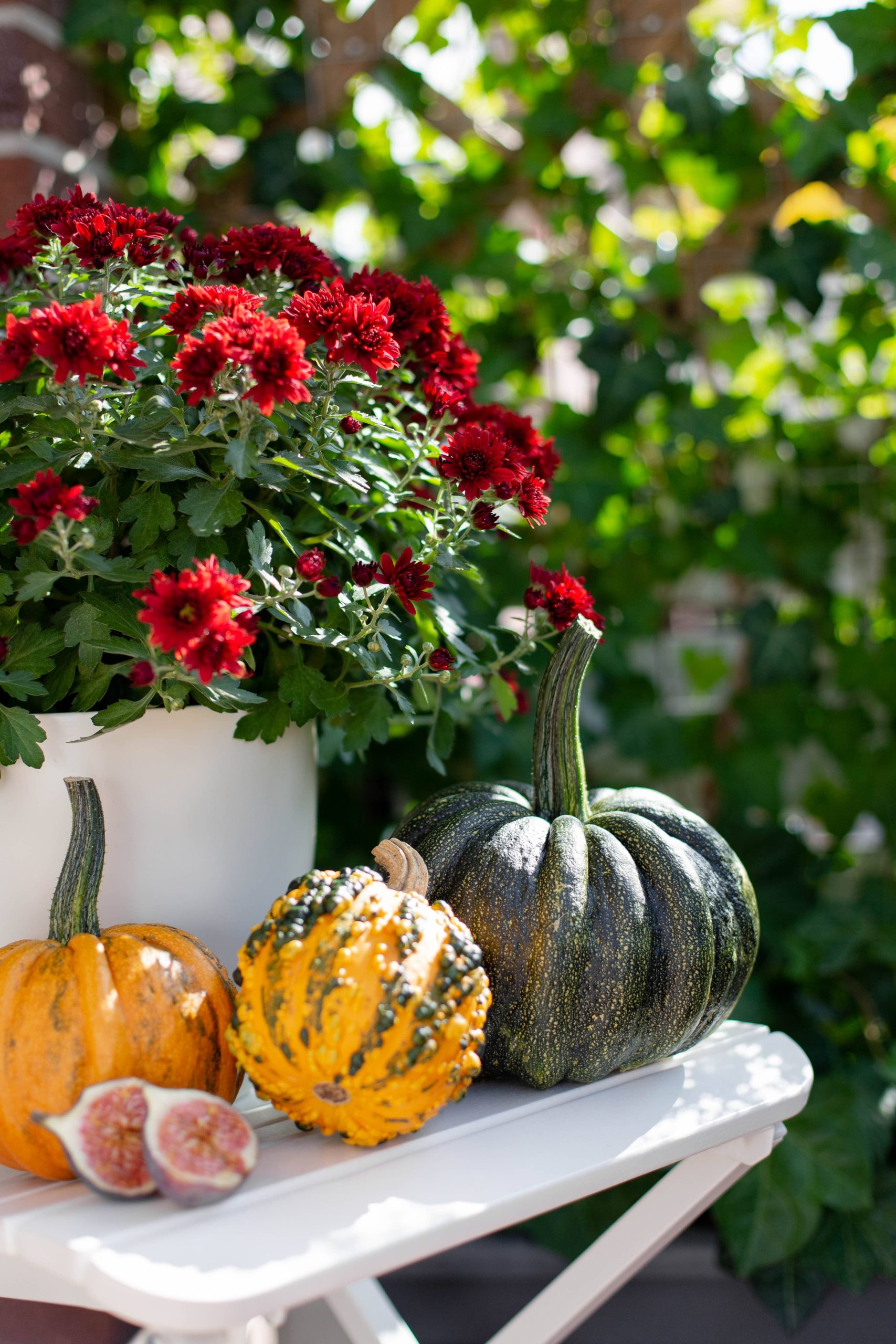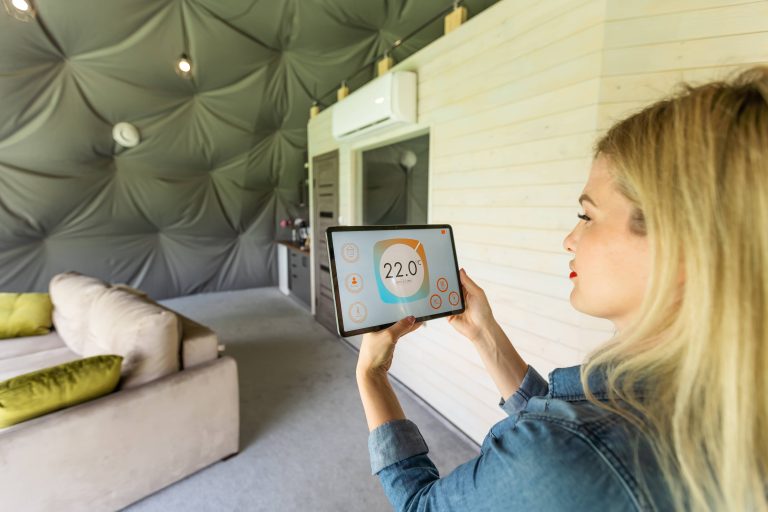
As chilly winds and frosty mornings begin to make their presence felt, it’s time to start thinking about tucking away your outdoor furniture for the winter. Properly storing your beloved outdoor pieces is crucial to ensure they remain in good condition and serve you well year after year. If you are fortunate enough to have space indoors, storing your outdoor furniture indoors during the winter months can significantly extend its life and preserve its beauty. In this blog post, we’ll explore practical tips for effectively storing outdoor furniture indoors for the winter.
Assessing Your Space
Before you begin the process of moving furniture, it’s essential to assess the indoor space you have available. Consider areas like basements, garages, or even spare rooms if necessary. Measure the space to ensure everything will fit comfortably without becoming an obstacle. If space is limited, determining which pieces are most vulnerable to winter’s harsh conditions or are the most valuable can help prioritize your storage options.
Cleaning and Prepping Furniture
Proper cleaning is the first step to ensure that your furniture is ready for storage. Dirt, mildew, and moisture can cause damage over time if not addressed.
1. Wood Furniture: Mix mild soap with water and gently scrub surfaces, being careful not to soak the wood. An oil-based protective sealant can be applied to keep the wood from cracking and drying out over the winter months.
2. Metal Furniture: Use a mixture of water and white vinegar to remove rust. Be sure to thoroughly dry the furniture to avoid further corrosion. Applying a coat of car wax can provide an additional barrier against rust.
3. Plastic Furniture: Clean with a mix of soap and water and allow it to thoroughly dry. Stacking these pieces can save space, but make sure they’re completely dry to prevent any mold growth.
4. Fabric Cushions: If your furniture includes cushions, wash or dry clean them according to manufacturer instructions. Once dry, store the cushions in vacuum-sealed bags or plastic storage bins to keep them from collecting dust or moisture.
Disassembling and Prepping Hardware
Disassembling parts of your furniture, if possible, can save space and prevent accidental damage. Keep nuts, bolts, and other hardware in labeled bags so they don’t get lost. Use masking tape to secure the bags to the coordinating furniture pieces or store them in a designated box where you can find them easily come spring.
Organization and Space Saving Tips
When bringing outdoor furniture indoors, space optimization is key. Here are a few tricks to make the most of your available area:
– Use Vertical Space: Whenever possible, stack or store items vertically. Shelving units can be a great way to maximize vertical space in garages or sheds.
– Nesting and Stacking: Stack like-items that can safely balance on each other, such as chairs and small tables. Use cloth or bubble wrap between items to prevent scratching.
– Utilize Wall Hooks: For lighter items such as foldable chairs or small tables, wall hooks can keep things organized and off the ground.
– Store Tables on End: If your tables are sturdy enough, storing them on their ends can save significant floor space.
Ensuring Proper Climate Control
Depending on the material of your outdoor furniture, you may need to take extra precautions regarding the climate of your storage area. Ensure there’s adequate ventilation to avoid mildew and rot. Using a dehumidifier in basements or garages can help control moisture levels. If the space is drafty or not insulated, consider using protective covers or blankets to prevent furniture from exposure to extreme cold or fluctuating temperatures.
Checking and Maintenance
Throughout the winter, perform regular checks on your stored furniture to ensure there isn’t any moisture accumulation or unexpected damage. If you have space, occasionally air out covers and cushions to discourage mold growth.
Planning for Reassembly
As spring begins to emerge, reassembling your outdoor furniture can be as smooth as the storing process with a bit of preparation:
– Organize Your Hardware: Having labeled and stored your hardware previously should make reassembly straightforward. Make sure to have any necessary tools handy.
– Inspect and Repair: Before putting your furniture back together, inspect each piece for needed repairs or additional cleaning. This is an excellent time to address any issues—before you’re eager to use your outdoor space again.
– Wash Fabric Covers and Cushions: Give your cushions and any fabric elements a fresh wash or airing out if needed to eliminate any mustiness.
Final Thoughts
Winterizing your outdoor furniture by moving it indoors may require some effort, but the payoff is noticeable in the longevity and maintenance of your pieces. By taking these careful steps, you ensure your furniture will be ready for the sunshine and social gatherings of spring and summer. It’s about preserving not just the furniture but also your enjoyment of your outdoor spaces for years to come. So, roll up your sleeves, start organizing, and your future self will thank you when you uncover pristine, ready-to-use furniture at the first signs of spring warmth.







